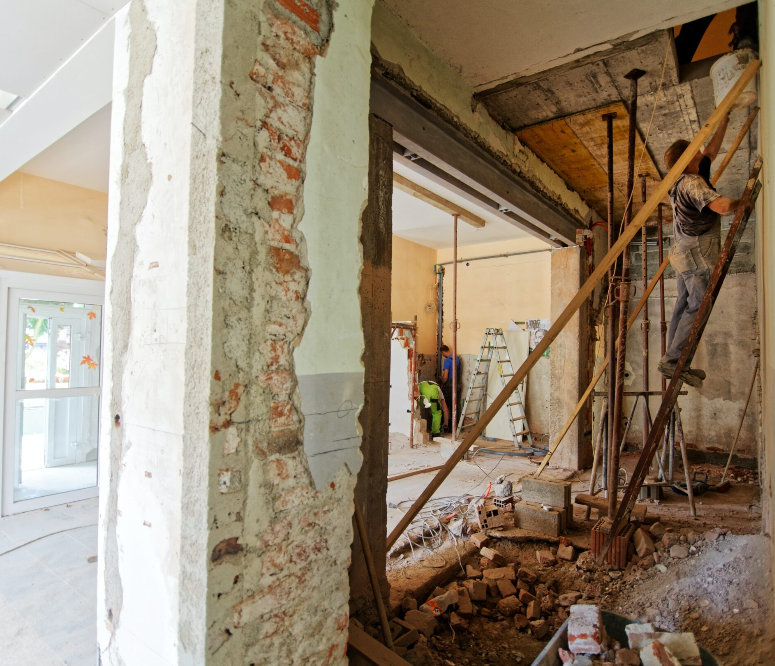Hungry crowds expect speed, consistency, and value, so a clear plan keeps lines short and appetites happy. We focus on how smart scheduling and crisp coordination improve pizza delivery without sacrificing flavor. You’ll see how prep lists, staffing blocks, and driver routes work together, cutting wait times. Tiny adjustments in oven sequencing or packaging can pay off fast. We’ll show practical examples from busy weeknights and game-day rushes. You’ll find ways to keep quality high when demand spikes. From dough proofing to final handoff, the aim is a warm, intact pie in minutes. If you manage a team, these ideas scale. Reliability builds repeat business.
Define the surge with practical scopes and lean targets
A solid plan starts by listing peak times, average ticket mix, and crew capacity; that clarity guide every choice. Our weeknight flow includes dine-in, takeout, and drivers on standby Hungry Howie’s restaurant near me before the dinner spike hits. We stage stations for dough, saucing, and toppings, then budget oven lanes for common sizes. Simple color tags on boxes cue drivers on routing order. This limits backtracking during the first hour wave. New crews gain confidence fast.
Guests ask for quick directions to a restaurant near Douglas, so we design signage and pickup shelves that read at a glance. Clear arrows direct walk-ins to payment, then to staging racks. A floater handles refills for flour bins and sauce pans, reducing idle time. We log ticket times by order type; ranges guide scheduling. When numbers creep up, we reallocate hands to the bottleneck.
Stock smart and choose durable inputs that travel well
Better travel starts with sturdy boxes, vented lids, and liners that manage steam release without drying the crust. We test corrugated thickness against heat loss, then pair it with pizza savers and breathable wraps pizza delivery specials Douglas GA for sauced-heavy pies. Shred mixes matter; a low-moisture mozzarella with a touch of provolone resists slide. Stable selections like mushrooms and peppers get a brief sauté to shed water. This tweak protects texture in transit. It’s simple and effective.
Carryout pizza benefits from strong paper bags with flat bottoms and short rides home. We add parmesan packets and seals that stay put in the car, avoiding spills. For sides, we use tight lids and dividers so heat from pies doesn’t wilt salads. When a guest orders multiple sizes, we stack largest to smallest to limit slump. The aim is steady structure. Guests notice these details.
Align ovens, pack lines, and drivers for reliable runs
Route timing works when oven clocks, pack lines, and driver dispatch follow one cadence. We batch neighboring addresses into tight loops Hungry Howie’s delivery so hot boxes spend less time in the car. Couriers view sequence numbers on each ticket that match the rack. If a ticket risks cooling, we move it to the front of the next batch. Short loops beat sprawling routes. That’s how reliability grows.

Game days strain capacity, yet pizza delivery near douglas stays dependable with clear windows like 25–35 minutes. We post realistic ETAs via text and point-of-sale receipts, lowering confusion. Teams pack thermal bags sized to common orders, plus spare napkins and seals. If gates slow access, we text for meet points at the curb. Accuracy beats empty promises. People respect clear expectations.

Keep pies consistent through practical testing and steady habits
Quality holds when each station runs a short checklist before the rush. We temp-test ovens at the top of the hour family pizza restaurant Douglas and log readings beside the pack line. Cutting boards get wiped and swapped on a timed cycle, preventing mix-ups. We verify dough counts to protect bake times. When the crust proofs unevenly, we rotate trays to a steadier zone. These routines build trust.
In light commercial settings, we add allergen flags to tickets and carry spare cutters labeled for gluten-free pies. Team leads spot-check slices for cheese spread and char level, tuning the bake. When a pizza misses the mark, it’s remade without debate. End-of-night notes record any recurring defects. Improvements stick through repetition. That’s how consistency compounds.
Balance budgets with lean choices and clear trade-offs
Money goes farther when you reduce waste on dough, cheese, and liners first. We track food cost by item and shift order pizza delivery in Douglas then test lighter sauce ladles that still taste rich. A tiny shift across a weekend can cover better boxes. We plan shifts for peak windows that drive sales. That keeps morale up while slowing burn during lulls. Numbers guide choices, not hunches.
Marketing spend favors proven channels; a chalkboard special can outperform pricey ads on slow Tuesdays. Pair a side with two mediums to raise ticket average without slowing the line. When orders surge, add a part-time driver before buying more ovens. Use what you have fully before big purchases. Wins come from small moves. That’s practical stewardship.
Conclusion
From planning the surge to fine-tuning routes, a well-run shop thrives on rhythm and clarity. Ingredients, packaging, and safety checks keep pies sturdy while timing keeps them hot. Budget choices and honest windows reinforce trust, whether guests walk in or schedule ahead. With steady habits and clear roles, Pizza delivery and a busy dining room can shine together.
